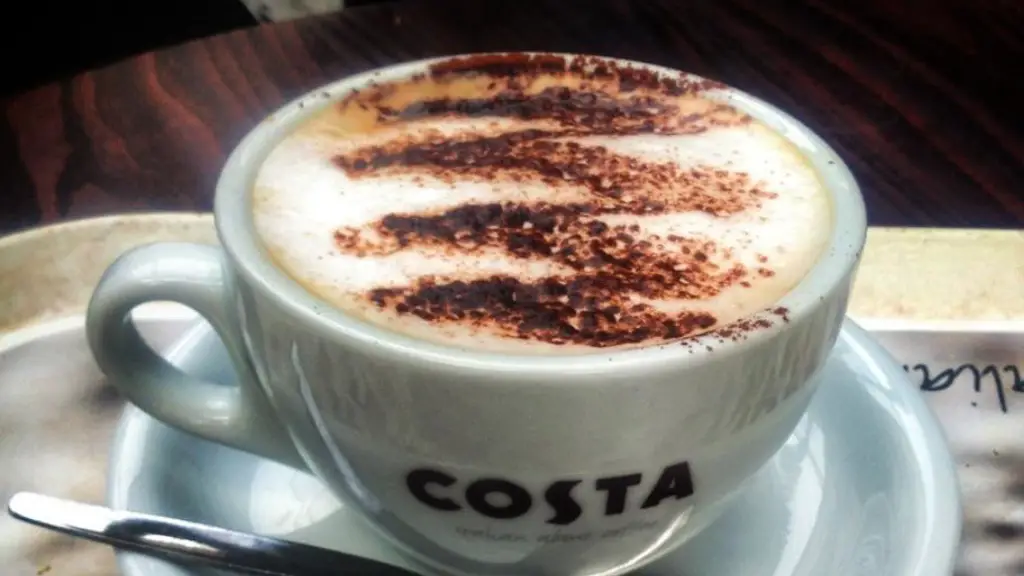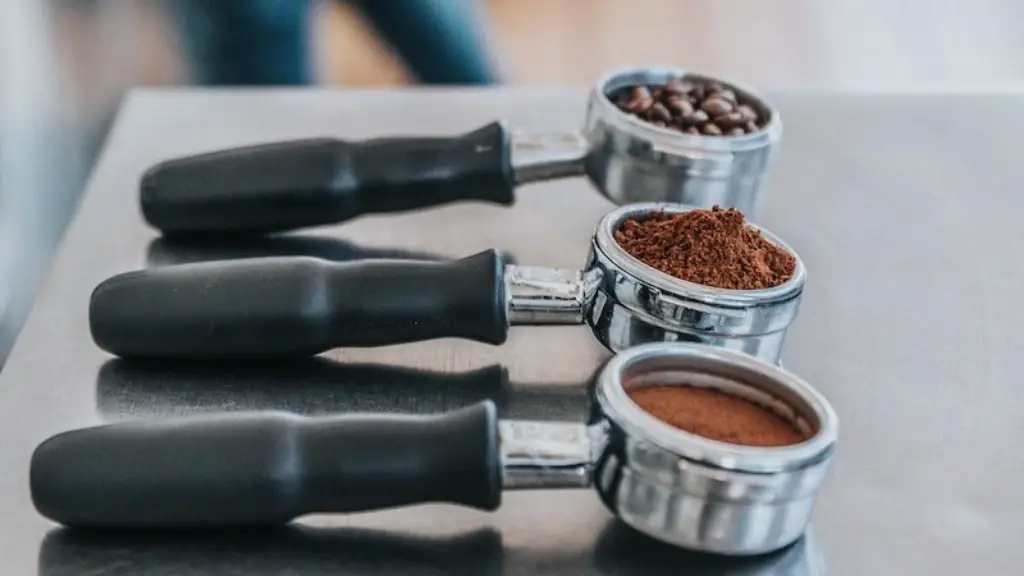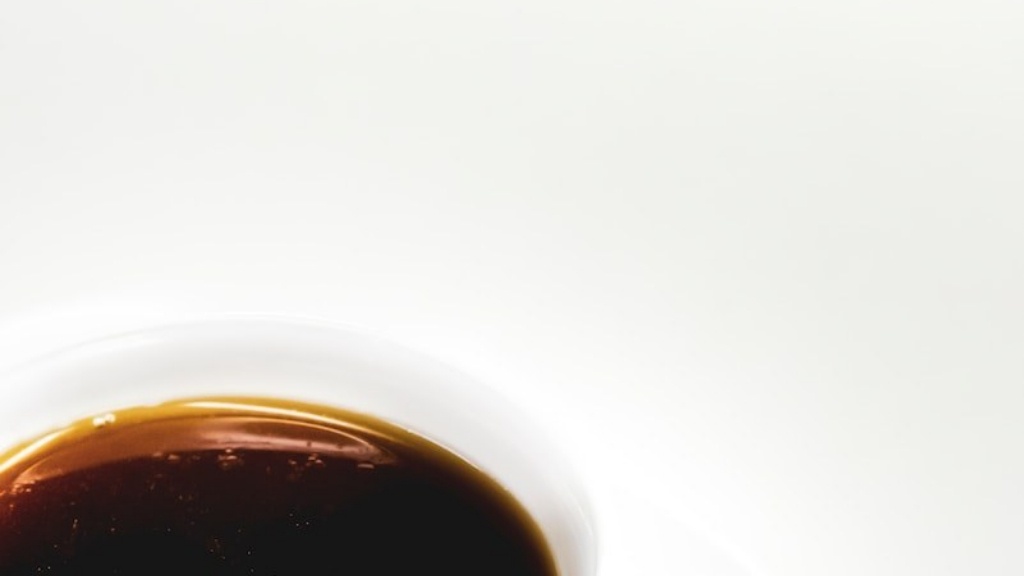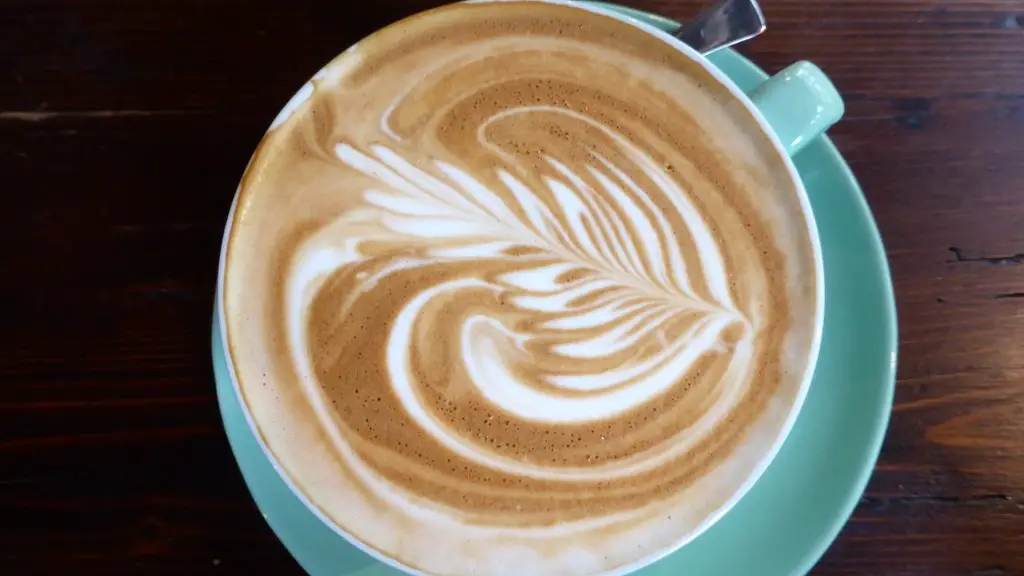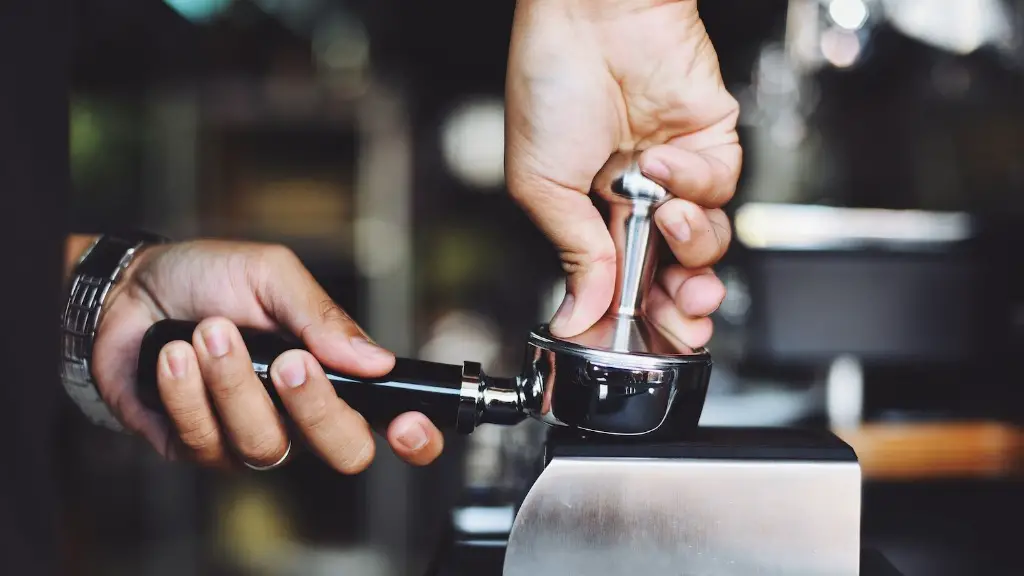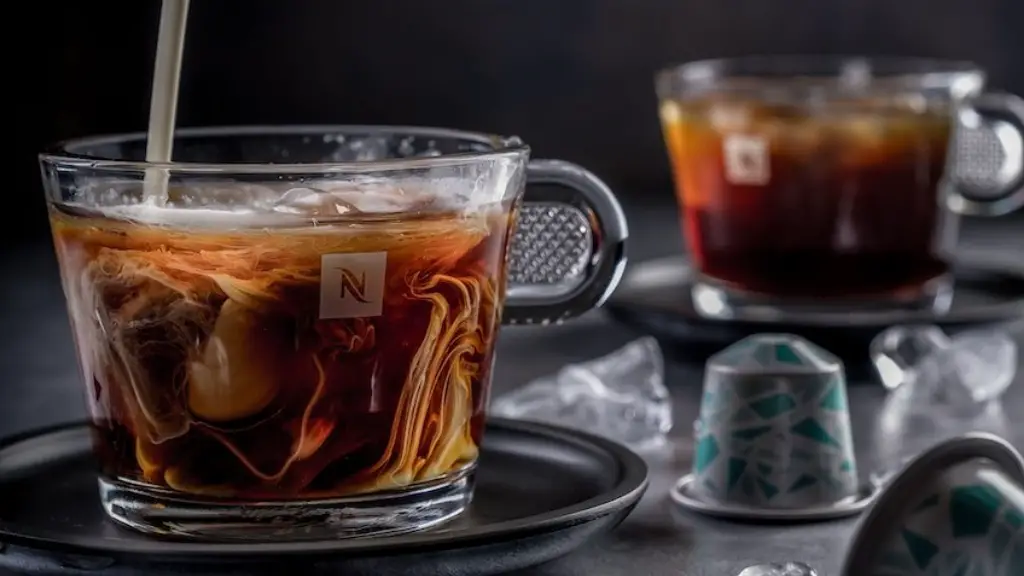Espresso is made using a special technique that involves passing hot water through very finely ground coffee beans under high pressure. This results in a very concentrated, strong coffee with a thick layer of foam on top. Coffee beans, on the other hand, are the seeds of coffee plants and can be roasted and ground to make regular coffee.
Coffee beans are the seeds of coffee fruit. Espresso is a type of coffee made by forcing very hot water under high pressure through finely ground coffee beans.
Can I use regular coffee beans for espresso?
Espresso beans and regular coffee beans are the same thing, usually just a darker roast! For espresso, it doesn’t matter if you’re using Arabica or Robusta beans, but it’s recommended that a dark roast be used. Regular coffee beans can also be used to make espresso drinks.
Espresso typically has 63 mg of caffeine in 1 ounce (the amount in one shot), according to Department of Agriculture nutrition data. Regular coffee, by contrast, has 12 to 16 mg of caffeine in every ounce, on average. That means that ounce for ounce, espresso has more caffeine.
How many coffee beans equal an espresso
The standard answer for how many coffee beans are in a shot of espresso is seven grams per cup. This means that there are approximately 56 roasted coffee beans in a shot of espresso coffee.
The Arabica bean is a type of coffee bean that is grown in many different parts of the world. The Arabica bean is known for its rich and caramelly flavor, and is often used in specialty coffees and espresso blends. Arabica beans are also used in some instant coffees and soluble coffees.
What type of beans are best for espresso?
If you want the best coffee, brew espresso with Arabica beans. However, adding 10% to 40% Robusta beans to the blend will give your shot more crema.
Caffeine is a stimulant that acts on the brain and nervous system. Caffeine can increase alertness, improve mood and cognitive function, and make you feel more energetic. However, too much caffeine can cause side effects such as anxiety, jitteriness, and insomnia.
When you drink coffee, the caffeine is absorbed into your bloodstream and then passes into your brain. Once in your brain, the caffeine blocks the action of a neurotransmitter called adenosine. Adenosine is a chemical that makes you feel sleepy. By blocking the action of adenosine, caffeine keeps you from feeling sleepy.
Caffeine also increases the release of other neurotransmitters, such as dopamine and norepinephrine. These neurotransmitters are associated with increased alertness, mood, and energy.
The effects of caffeine are different for everyone. Some people are more sensitive to caffeine than others and can feel its effects more strongly. Factors such as age, weight, and medications can affect how caffeine affects you.
Which is healthier espresso or coffee?
There is a common misconception that espresso and coffee are two distinct beverages. In reality, they are just different brewing methods. Both types of drinks have similar benefits, although light- to medium-roasted coffee has a slight edge over espresso for supporting heart health, cognitive health, metabolic health, and more.
Espresso can be drunk as it is in small shots or served as the base to your favorite drinks, including cappuccinos and Americanos. As a beverage, espresso is a concentrated form of coffee brewed with high pressure, hot water and finely ground coffee beans.
How to make espresso coffee at home
You should use four ounces of water when you pour 190 degree fahrenheit or 87 degrees celsius. this will help to avoid any chance of scalding.
Espresso coffee does best as a dark roast. The smoky and rich flavors will be more pronounced, and there will be less of a chance for the coffee to taste sour. If you are looking for a more traditional espresso flavor, then a dark roast is the way to go.
Do you buy different beans for espresso?
There is no difference between espresso and coffee beans. Specialty roasters write “espresso blend” or “drip blend” because they believe this will make the flavor profile really shine. Coffee is a matter of personal taste and preference—you do you and make coffee the way you love.
Our 100% Arabica coffee is the perfect choice for your morning cup of joe. We have a variety of blends available in K-Cup® pods, bags and cans, so you can choose your favorite. Each cup is brewed with the rich aroma and delicious taste that you crave.
What are the 3 espresso beans for
There are many variations of the espresso martini cocktail, but the most common garnish is three espresso beans floating on top. These beans represent health, wealth, and happiness, and are a symbol of good luck.
Our team of coffee experts work with high-quality 100% Arabica coffee beans to create our own Dunkin’ coffee specifications. The result is a superior grade of coffee that is recognized by the industry and enjoyed by our guests every day.
Do you need a special grinder for espresso beans?
If you want to use an espresso machine, you’ll need a coffee grinder that can create a fine grind. Manual coffee grinders often struggle to achieve that fine grind, so it’s best to use them for Moka pot espresso, French Presses, or pour over instead.
Medium roasts are popular among Italian baristas for making espresso. The beans are roasted at a high temperature, above 100°F, resulting in a dark to almost black color. The exterior of the beans is oily and shiny.
Final Words
Espresso beans are a type of coffee bean that is used to make espresso, a strong coffee with a lot of flavor. Coffee beans are the beans that are used to make regular coffee.
There are a few key differences between espresso and coffee beans. For one, espresso is made by forcing hot water through coffee grounds, while coffee beans are simply the roasted seeds of the coffee plant. This means that espresso is generally more concentrated and has a more intense flavor than coffee. Additionally, espresso is typically served in smaller quantities than coffee, so it can be easier to control the strength of your drink. Ultimately, the choice between espresso and coffee beans comes down to personal preference.
